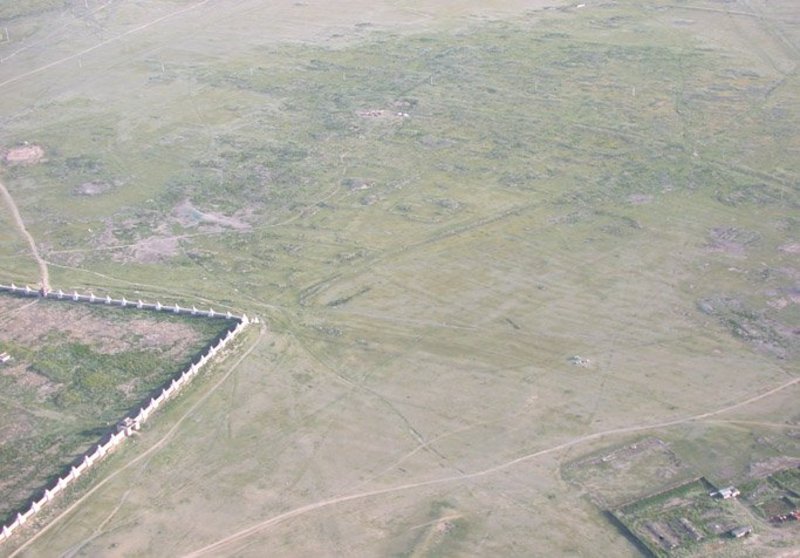Überblick
The valley, about 300 kilometres southwest to the modern capital Ulaanbaatar, played a central role in the formation of late nomadic leadership which manifested in building urban settlements like the old Uyghur capital Karabalgasun and the Mongolian capital Karakorum, the “city of Genghis Khan”. Choosing the Orkhon Valley as a location for a future capital was not only due to the topographical advantages: the Orkhon River with its fertile wet land and the Khangai Mountains in the west. According to the Old-Turkish ideology of kings, the region also was a sacred landscape, the Ötükän yis, a landscape that legitimated its possessor to rule over all people. With the foundation of a city, the claim and at the same time the justification for world dominion became manifest in an architectural manner.
In secular terms, the cities served as the administrative headquarter of the growing nomadic empires, as a religious center with a number of temples and as an emporium that attracted merchants and craftsmen from all over the world.
Since 1999, a German-Mongolian research cooperation has been investigating the Orkhon Valley with its nomadic city foundations, with special focus on Karakorum and Karabalgasun.








